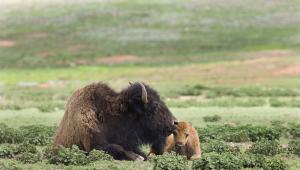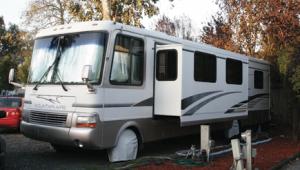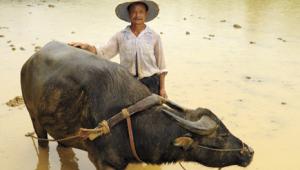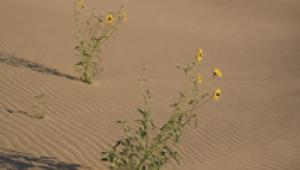Locations; Sand Dune Parks; Tips For The Shifting Sands
I just dumped more sand out of my camera bag. This has been a fairly regular activity of mine for the last couple of months, ever since I visited Great Sand Dunes National Park and Preserve in Colorado during a nasty wind. The physical exhaustion caused by climbing North America’s tallest dunes (750 feet, nearly straight up, in sand), the feeling of sand in my eyes and the resurfacing of all exposed skin as it was being sandblasted started to make me think I should be writing about why not to photograph sand dunes. But then the sun began to dip down on the western horizon and the play of shadow and light in the dune field quickly made all physical discomfort fade away.
Great Sand Dunes National Park And Preserve |
|
 |
|
 |
|
|
Sand dunes, constant and yet ever changing, are some of the most beautiful, dynamic, and inspirational landforms on earth. Occurring throughout the world from coastal and lakeshore plains to desert regions, they are a photographer’s delight. The natural textures and designs inherent in dunes come to life during early and late parts of the day, making for a photographic wonderland. Graphically, dunes contain diagonal lines, leading lines, and S-curves—all strong design elements. Making the most of these elements is the photographer’s job.
White Sands National Monument |
|
 |
|
 |
|
|
As I study the seemingly limitless composition options when photographing dunes, I continually ask myself a series of questions: What angle brings out the strongest lines and curves? What happens to the composition if I move a little right or left; if I move a little higher or lower? During this process I’m checking to make sure I have my preferred diagonal lines and S-curves in the viewfinder instead of lines that run straight. Diagonal lines lead the viewer through the photograph while straight horizontal lines are often visual stoppers, preventing the eye from smoothly moving through the photo. Vertical lines often rush the view right through the photo, allowing the eye to leave quickly instead of enjoying the scene.
Death Valley National Park |
|
 |
|
 |
|
|
Another thing I’m checking for is interruptions in the flow of lines. Perhaps a piece of vegetation has blown in from the surrounding area and altered the sand patterns in one small area, which can easily draw too much attention to itself in the final photo. Or perhaps footprints (human or animal) cross the composition in a way that draws attention away from the rest of the frame.
The next series of questions starts with am I creating an abstract composition of graphic patterns, or is there a center of interest? The center of interest could be the peak of a dune, a flower or other plant, or whatever else is waiting to be discovered in the dune field. If a center of interest is included, how can I best lead the viewer’s eye to it, or best show the remainder of the dunes in an attractive way? The leading lines provided by nature are waiting to be used.
Coral Pink Sand Dunes State Park |
|
 |
|
 |
|
|
Which lens should I use? The answer to this question is sometimes pragmatic (using a telephoto to cut out distracting elements from the frame) while other times more artistic. A wide-angle lens will accentuate the foreground and give a feeling of great distance—perfect if you have a foreground with interesting patterns. A telephoto lens can be used to isolate details or compress the elements of the photo to reduce the near-far relationship.
















































